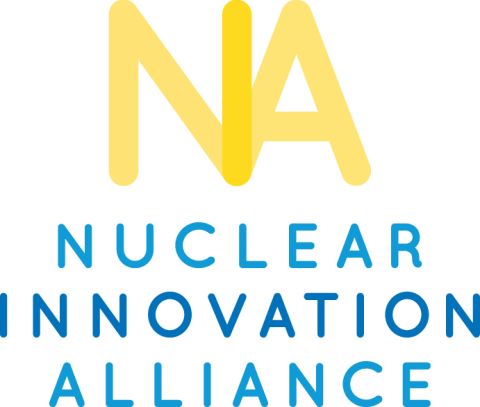
WASHINGTON D.C. It’s abundantly clear that the Intergovernmental Panel on Climate Change (IPCC) has found that nuclear energy is essential for preventing climate change…but only if you read the 2000+ page Sixth Assessment Report (AR6) on the mitigation of climate change. If instead you, like many others, only read the 42-page AR6 Synthesis Report’s Summary for Policymakers, you are probably wondering if you missed something because nuclear energy is only mentioned once and that single mention is squeezed within a densely populated table that in no way acknowledges its importance for greenhouse gas reduction. This discrepancy has been highlighted in a recent blog post by Karl Hausker, Senior Fellow at the World Resources Institute, and it begs the questions: How can nuclear be such an important tool in our decarbonization tool belt and be missing from the Summary for Policymakers? Isn’t the generation mix required to reach our climate targets exactly what policymakers need to know so they are able to make informed decisions on what clean energy technologies to support?
The answers to these questions may surprise and disappoint you. Nuclear energy was omitted from the AR6 Summary for Policymakers because several of the countries that determine what is included in that summary chose to downplay nuclear energy’s important role in decarbonization even though this omission was opposed by the United States. The more responsible and appropriate decision would have been to include nuclear energy alongside all other forms of clean energy to foster a more comprehensive approach to meeting mid-century climate goals that aligns with the underlying research presented in the IPCC’s full report.
While this omission is new for the IPCC (the AR5 Summary for Policymakers included nuclear energy in more detail), it is not new to nuclear energy more broadly. For decades, many have overlooked the importance of nuclear energy in favor of other clean generation technologies. Many people don’t realize the benefits of nuclear energy: it not only provides safe, clean and firm electricity, but also offers concentrated local economic benefits, requires less land and less transmission than other options, and can play a major role in industrial decarbonization. This misunderstanding has now seemingly found its way into the world’s most prestigious climate research body, the IPCC. On one hand, the IPCC should be commended for the quality of the underlying research that goes into its full reports. This high quality led the IPCC to clearly identify nuclear energy as a key climate solution in the full report. Specifically, the IPCC found that nuclear energy generation capacity must nearly double by 2050 to keep global warming below 1.5°C. But on the other hand, boiling down the key concepts and takeaway messages of the full 2000+ page report into a short Summary for Policymakers proved to be a task that allowed anti-nuclear sentiments to bubble to the surface.
Upon taking a closer look at both the summary and the full report, you will find that throughout the full report nuclear energy is included on a short list of clean energy technologies. For example, page 82 of the full report states: “Nearly all electricity in pathways [i.e., modeling scenarios] limiting warming to 2°C (>67%) or 1.5°C (>50%) is also from low- or no-carbon technologies, with different shares across pathways of: nuclear, biomass, non-biomass renewables, and fossil fuels in combination with CCS.” This exact phrasing, which includes nuclear, is used multiple times throughout the full report. However, the Summary for Policymakers truncates the technologies that were in the full report, removing nuclear energy in the process, to “renewables or fossil fuels with CCS”. For example, page 24 of the Summary for Policymakers for the AR6 full report on the mitigation of climate change states: “In these global modelled pathways, in 2050 almost all electricity is supplied from zero- or low-carbon sources, such as renewables or fossil fuels with CCS…” But digging deeper into the full report shows that, as mentioned before, nuclear energy generation capacity must nearly double by 2050 to keep global warming below 1.5°C.
Omitting nuclear energy in this manner and ignoring its role in a clean energy portfolio undermines our ability to meet our mid-century climate goals, because nuclear energy is a key climate solution. Policymakers must receive accurate, clear, and unbiased information regarding what is needed to drive change towards a better climate future because they rely on these summaries to help guide their decisions. Without an accurate understanding of the IPCC’s findings on nuclear energy, they may discount or ignore it when crafting policy. The good news is that the hard work needed to identify nuclear energy’s role in decarbonization has already been performed by the IPCC; it’s only the process of condensing that information into a summary that remains a problem. The IPCC can and should recognize the role nuclear energy must play and prevent future discrepancies between their full reports and their summaries. Eliminating these discrepancies and recognizing the robust research already conducted by the IPCC provides an opportunity to harness the full spectrum of clean energy solutions, including nuclear power, to address the pressing challenges of climate change.
Acknowledgement: Erik Cothron, Senior Analyst, Nuclear Innovation Alliance